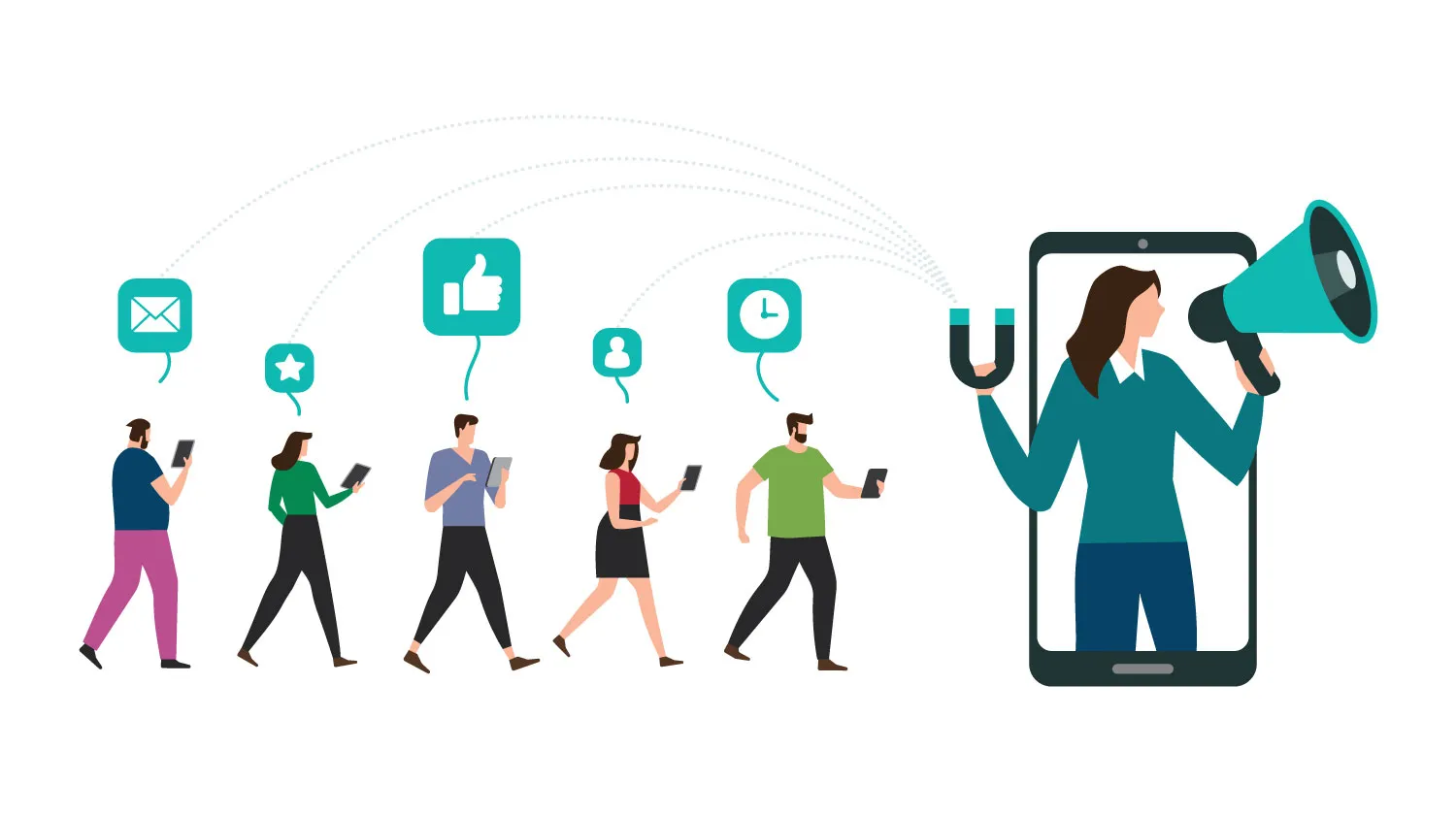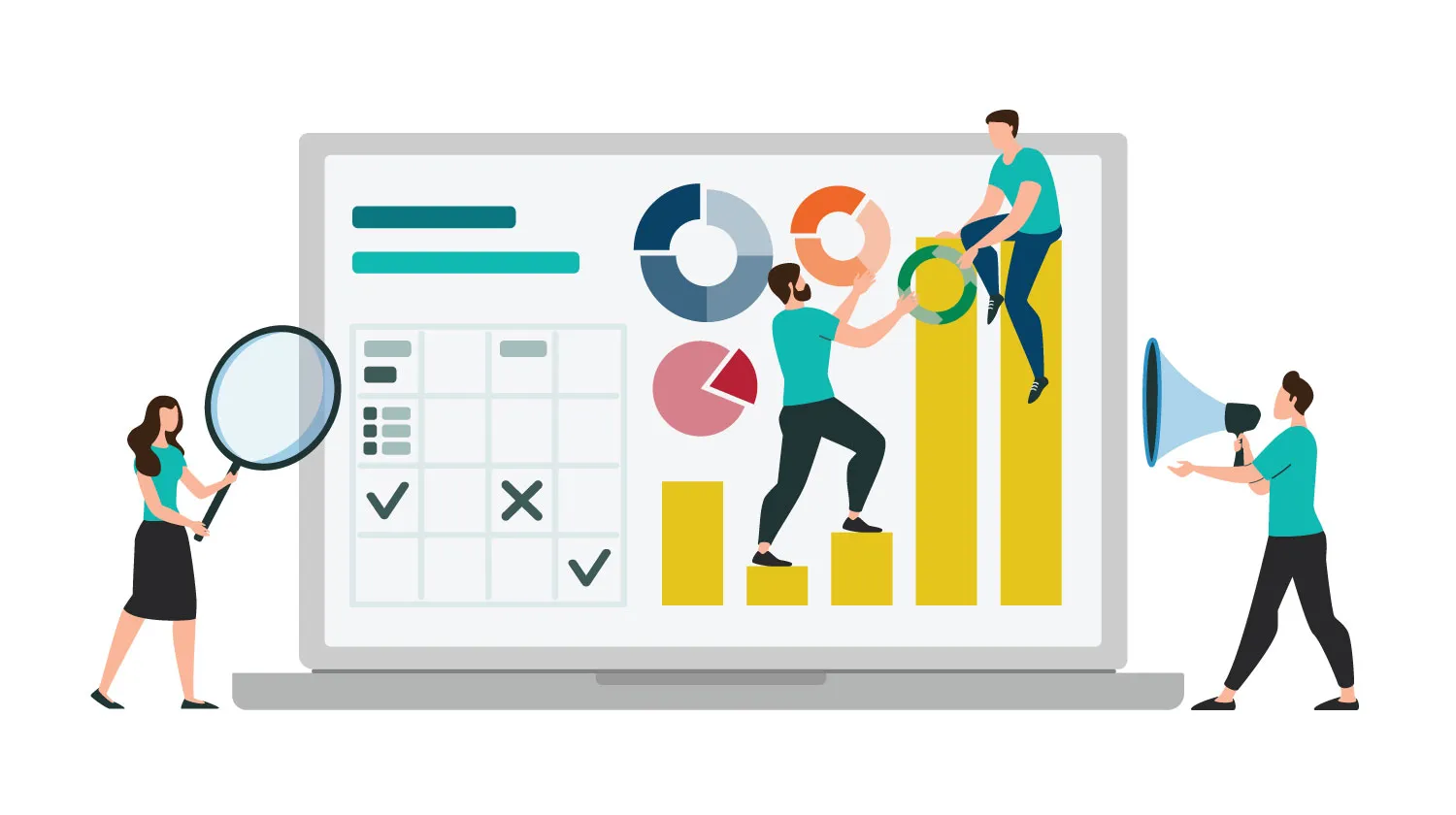June 30, 2020
Playbook: How to create data-defined customer personas
Customer personas should be data-driven, not gut-driven—but all too often, businesses use biased or subjective persona-building processes that hinder their growth instead of helping it. This playbook will teach you how to use your data to develop accurate, high-value personas to capture a diverse market.

The better you know your customers, the better you can engage them.
Personas are a great tool for helping retailers visualize and understand their core customers. Used to represent the attitudes, lifestyles, and behaviors of particular customer segments, personas are fictional characters that help guide your approach to marketing and sales.
Unfortunately, common persona-building methods can range from light market research to pure speculation, and many businesses find that the personas they’ve been working with were built on aspirational ideas of who their customers ought to be—not who they actually are.
To avoid bias in the persona-building process, you have to use your customer data.
By unifying your data into a single view of the customer, you close the loop between the tech-enabled day-to-day of a marketer or executive and the actual customers who engage with your brand. Instead of building personas based on a hunch, you can gain a true understanding of who your core customers are, how they shop, and what kinds of messaging and creative captures their attention. With a genuine, one-to-one understanding of your customers and the persona segments they fall into, you can orchestrate exceptional customer experiences that keep them coming back.
In this guide, we’ll walk you through Lexer’s proven process for developing customer personas for retailers using enriched data and a single customer view.
Using data to create your customer personas
1. Unify and transform your data into a single customer view.

The first step to knowing your customers is integrating all of your existing customer data and transforming it into unique customer profiles.
Combining first-party data—or the data that originates directly from your brand’s interactions with customers, including purchasing data from both ecommerce and brick-and-mortar channels, email engagement data, and website behaviors—into individual customer profiles helps you move from a channel-centric to customer-centric data management strategy, putting you in a better position to develop data-driven personas.
By unifying and transforming all of this data into an easy-to-use format, you can form a clear and holistic picture of your customers as individuals. This single view of the customer, enabled by a Customer Data Platform (CDP) partner like Lexer, makes analysis and persona segmentation accessible to those without a data science background.
2. Enrich your existing data with responses from customer surveys for more holistic insight.

Customer surveys are powerful tools for collecting insight into customer needs, interests, and purchasing intent. If you find that there are critical gaps in your existing customer data or questions you still have about who your customers are, surveys are one way to get those questions answered.
There are a few different types of customer surveys—including NPS surveys, preferences surveys, and post-purchase surveys—and you can choose to package these surveys in different ways depending on your goals for data enrichment and customer insight.
For example, NPS surveys will help you segment your existing customers based on their relative satisfaction with your brand. Consider the relationship between customer satisfaction and lifetime value: Are your most satisfied customers always your highest-value customers? If not, then you may have an opportunity to build out a persona who looks like your highest-value, most loyal customers and develop a focused plan to boost the value of that particular segment.
Preferences surveys can help you discover new insight into customer lifestyles, preferences, and behaviors while also boosting your email list for future marketing. Include purposeful questions in your surveys, such as:
- Who do you typically shop for?
- What is your favorite color denim?
- How often do you buy a new pair of jeans?
- Which hobbies do you participate in?
Questions like these, tailored even further based on your industry, can tell you more about the buying motivations of your customers, as well as the typical journey they took to finally encounter and engage with your brand. For example, understanding who your customers typically shop for will help you segment personas based on their buying motivations; you might have a “mom” persona who only shops for her kids, a “gifter” persona who only buys for holidays and special occasions, and a “young professional” persona who buys frequently for themselves.
Lastly, post-purchase surveys can provide insight into how your core buyers use your products in their day-to-day lives. Understanding which customers are most satisfied with your products, why customers have returned or exchanged products, and how customers describe the buying experience can inform your persona segmentation as well.
When your form-building tool is directly integrated into your CDP, as with Lexer Tag & Secure Forms, survey responses are automatically included as an attribute on customer profiles for efficient and easily-accessible analysis later.
3. Enrich your customer profiles with third-party data for additional insight.

Now that you’ve compiled your first-party data to understand buying behavior and customer survey data to understand preferences and attitudes regarding your brand, it’s time to deepen your customer profiles even further with third-party data—or data that’s been collected outside of your business’s direct relationship with the customer.
Third-party data, such as Experian Mosaic, is used to enrich your understanding of your customers with additional insight about their geography, demographics, socioeconomic status, household dynamics, and more. These complex human variables can’t be gleaned from owned transactional data, but still provide invaluable insights to inform persona development.
4. Analyze your customers’ lifestyles, Mosaic groups, product interests, lifetime value, and other key attributes within your database.

Once you’ve unified your data, transformed it into a marketer-friendly format, and enriched it for a comprehensive and accurate view of your customers, dive deeper into your enriched data to answer questions like:
- What ages, genders, ethnicities, and attitudes define my customers?
- What does the household composition of my customers look like?
- Where and how do my customers prefer to shop?
- What are the most common occupations within my customers?
- How representative are my customers to the population?
- How does lifetime value vary by age, gender & household composition?
- What is the average order size of this segment?
- Which of my products are my customers most likely to purchase first?
- How do my customers typically use my brand’s products?
With these insights, you’ll be able to paint a clearer picture of your best customers and build focused personas that inform all of your communications moving forward.
5. Define 3–5 personas based on the insights you glean about your customers.

As you’re analyzing your customer data, think about the variables that create clean groups within your customer base, and use those variables to craft your personas.
Typically, we’d recommend creating about 3–5 customer personas, but finding the balance between creating too many personas and too few will depend on your brand, resources, and customer base. If you create more personas, you’ll be able to create more personalized and targeted campaigns, but activating a unique campaign for each increases cost and complexity. If you create less, you’ll be more cost-effective, but your personas may fall on the generic end of the spectrum. Think about the level of granularity you want to achieve as well as the resources at your disposal to determine the right number of personas for your business.
Using a CDP, you can assign a persona group to each of the individual customers within your database and create defined segments that are easy to find and activate in your acquisition and growth campaigns.
6. Tailor messaging, channels, and creative to each persona to boost customer satisfaction and conversions.

Personalization is a proven method for boosting conversions, increasing customer satisfaction and engagement, and driving a higher return on investment for your business. With your newfound knowledge about your best customers, you can tailor your communications to speak to each persona with the most effective messages, products, and creative.
Here’s an overview of how you can use your personas to increase the impact of your brand engagements from beginning to end:
- Acquisition: Use your personas to target lookalike audiences based on your highest-value customer segments. With an understanding of your personas’ lifestyles, behaviors, and preferences based on survey responses and third-party data, you can choose products and messaging to feature in your acquisition tactics for maximum engagement.
- Retention: Once you’ve converted high-value customers on their first offer, you need to optimize your communications to drive the second sale. You can boost retention rates by digging into your data to understand the most effective messaging, timing, and channels to use when re-marketing to each persona.
- Growth: In your customer analysis, you would have segmented your personas based on the value they add to your business. Using this insight, you can develop a persona-based plan to grow the lifetime value of your customers across the board.
- Service: When developing your personas, you may notice that certain personas submit a particular type of ticket or service request more often than others. If you find trends in the type and level of service needed by certain personas, you can use that insight to streamline support processes and proactively engage with customers using a clienteling solution to prevent issues in the first place.
From the first touch to long after customers become loyal evangelists, brand engagements can be optimized based on the insight gleaned from your data-informed personas.
7. Continue to collect customer data to inform and evolve personas using surveys, clienteling technology, content engagements, and more.

Retail has always been a mercurial market, and that’s not going to change.
Leading retailers have already undergone major shifts from channel-centric to customer-led business models, and consumer preferences and buying behaviors continue to evolve. In the wake of changes like these, many brands find that their core customer segments tend to shift, requiring them to rethink their personas and respond in real-time. That’s one of the many reasons why the value of an agile, test-and-learn culture cannot be understated.
As you continue to engage with customers and prospects, you’ll collect more and more customer data to enrich and refine your customer personas. Valuable insights can be drawn from every customer touchpoint, from marketing to sales to service, and you should revisit your personas periodically to understand what’s working well and what can be improved.
The best indication of a poorly-designed customer persona is low performance of persona-based campaigns. As you create, manage, and activate persona-driven campaigns within your CDP, keep track of the way different persona groups engage; if one persona group is consistently underperforming, then you’ll know it’s time to scrap or revisit that group for improvement.
Using these continuously-optimized insights, you can spark more meaningful engagements with your customers and ultimately drive greater profitability for your business.
Powered by a CDP, your customer personas could work harder for your business
Most retailers understand the value of customer personas, but not everyone has access to integrated customer data or manageable analytics tools. Without an enterprise-level IT team on your side, achieving the granular customer insights required to build data-informed personas can be a difficult and resource-intensive process.
A CDP partner like Lexer can offer the technical expertise and capabilities needed to manage this data, along with the strategic guidance and insight to help you become analytics experts of your own. Our platform seamlessly combines your data into a single customer view, enriched with Experian’s Mosaic, Retail, and ConsumerView data. With proven predictive models and analytics dashboards that are easy to use, you can build detailed personas that guide you in providing your customers with the experiences they deserve.
Lexer can help you unify and enrich your data to develop more impactful customer personas. Use the meeting link below to book a meeting with one of our retail consultants.
Speak with our retail experts

